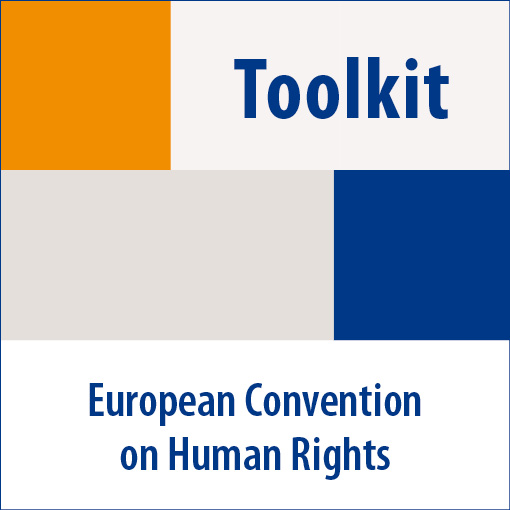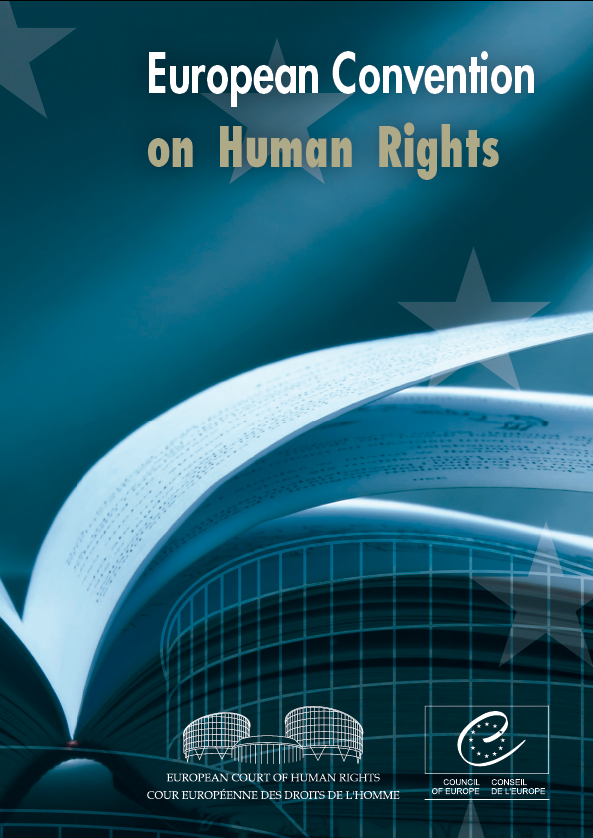Toolkit
to inform public officials about the State's obligations under the European Convention on Human Rights
This toolkit aims to provide officials of the States Parties to the European Convention on Human Rights (hereinafter "the Convention") with information and practical guidance to equip them to respect the Convention rights of the people they deal with, fulfil the State's Convention obligations and so, as far as possible, avoid breaches of the Convention.
Who this toolkit is for?
The toolkit is primarily for officials working in the justice system and for those responsible for law enforcement or for the deprivation of a person's liberty. Specifically, that will nclude (but not be limited to) police, prison officers, immigration officers and workers in secure psychiatric institutions or other institutions providing care to vulnerable persons.
More widely, the toolkit is also for any official who interacts with the public in ways which raise potential issues of Convention rights, for instance social workers, registrars and licensing authority officials.
It is not designed for judges, lawyers or senior civil servants, but for those "at the sharp end". It assumes no prior legal knowledge.
The toolkit contains, in particular:
- A guide to the rights conferred by the Convention and its Protocols and to the corresponding obligations of the State, following the order in which the provisions appear. Those provisions which most often arise in the work of the officials for whom this toolkit has been written are covered in much greater detail than those which rarely arise. The toolkit does not aim to cover all potential issues, as a legal textbook would; it concentrates selectively on the most significant and frequently encountered ones.
- Questions and checklists highlighting points to consider, to help officials decide whether a potential issue under the Convention arises.
The Convention and how it works
The Convention on Human Rights and Fundamental Freedoms (to give the Convention its official title) is an international treaty between the States (currently 47) members of the Council of Europe (not to be confused with the European Union). The Council of Europe was set up after the Second World War as an international organisation for the promotion of democracy, human rights and the rule of law. The Convention was adopted in 1950. States become bound to abide by the obligations of the Convention when they become party to it by ratification. All the member States have ratified the Convention.
There are a number of optional Protocols to the Convention, which supplement its provisions by adding to the substantive rights guaranteed by the Convention. Member States may choose whether to accept the optional Protocols by ratifying them, and not all States have accepted all the optional Protocols. You should check which of the optional Protocols have been ratified by your State on the Council of Europe Treaty Office website.
Please note: We invite you to send us any suggestions that may improve the content or the presentation of this website. Please feel free to fill in this information on the contact form provided for this purpose.

Convention rights and issues
I need to consider in some concrete situations
Reflexes to adopt
Do you touch on any of the Convention rights in your work?



